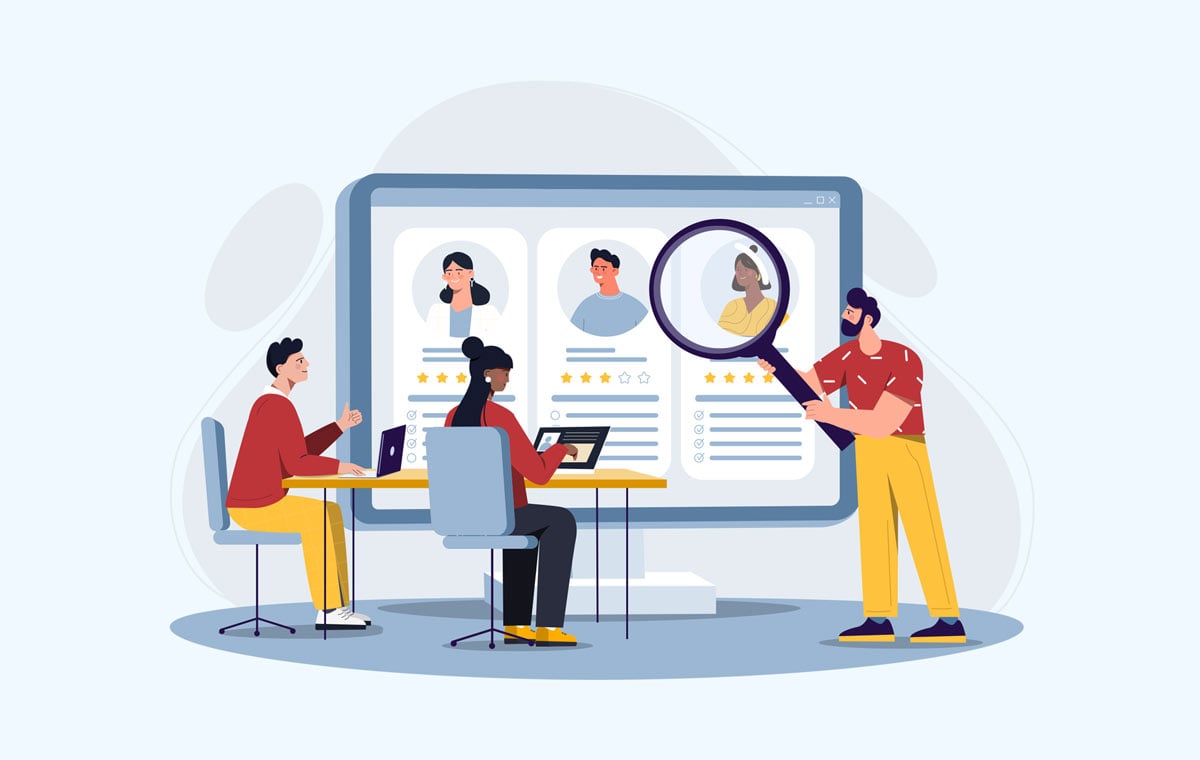What if I told you that your company could improve the lives of millions of people in underserved populations around the world, while improving your financial results?
Sound impossible? Or intriguing enough to keep you reading?
On Global Accessibility Awareness Day, there is no shortage of compelling stories and use cases for making the ethical case to invest in solutions and/or personnel.
But it’s important to recognize that progress has a financial cost, and that the key to improving access for millions of people is not solely about ethics or social responsibility—it’s about return on investment.
The good news is that there is no need to choose between positive corporate citizenship and profits. In fact, the business case for embracing accessibility can be broken down into four main categories: extending market share, innovation, enhancing your brand, and avoiding liability.
Extending Market Share
I start here because the numbers are simple, and, as always, they do not lie.
There are more than 1 billion people with disabilities in the world, and their spending power is more than $6 trillion. That’s 20 percent of the global population and an enormous, largely untapped, potential profit center. The math speaks for itself: If you could increase conversions by 1 percent, let alone by 20 percent, that would be financially transformative.
Think of it this way: Not committing to accessibility across your business is the equivalent of shutting the door on every fifth potential customer.
Innovation
While extending market share is key, accessibility improves online experiences for all users.
“Curb cut” innovation is a standout example of this. In the 1970s and ‘80s, municipalities started adding curb cuts (graded ramps that provide access from sidewalks to streets) to assist people with mobility issues, especially those in wheelchairs. Curb cuts didn’t become compulsory until the Americans with Disabilities Act of 1990, but now they’re part and parcel of American pedestrian byways.
These curb cuts, while designed to help people with mobility issues, benefited everyone. According to the Stanford Social Innovation Review, “Parents pushing strollers headed straight for curb cuts. So did workers pushing heavy carts, business travelers wheeling luggage, even runners and skateboarders. A study of pedestrian behavior at a Sarasota, Fla., shopping mall revealed that nine out of 10 ‘unencumbered pedestrians’ go out of their way to use a curb cut.”
This is how accessibility works in other spheres, too. For example, websites built for accessibility also tend to be the most easily navigable and increase the chances of a visitor returning, regardless of whether the accessibility solution was designed with their needs in mind or not. That translates directly to more prospects and a higher chance of conversion—consistent goals across most businesses that become more attainable simply by focusing on widening access.
Enhancing Your Brand
Diversity and inclusion efforts are essential to business success. Myriad studies show that D&I increases innovation, creates higher returns on investment, attracts talent, and even creates more positive public images, which is essential in this buyer-driven market.
Disability activist Caroline Casey once said, “Inclusion without accessibility is a delusion.” That means a commitment to accessibility is a means of enhancing your brand. As it turns out, 500 CEOs and business leaders agree.
With a clear, well-integrated commitment to accessibility, you’ll not only enhance your internal culture, you create a brand that tells prospects you’re innovative, inclusive, and trustworthy.
Avoiding Liability
Last but certainly not least: The Americans with Disabilities Act (ADA) provides a clear legal framework that protects individuals with disabilities from being discriminated against in all aspects of public life—with significant penalties in place for organizations that violate these laws.
At present, one of the fastest-growing areas of ADA non-compliance judgments are the Website Content Accessibility Guideline (WCAG) laws—a subset of the ADA that is intended to ensure the same standards of equality of access online as in the physical world. While WCAG is undoubtedly creating positive change in the world, it also puts any company with a website at risk, even if they have applied some of the most common remediation tools currently available on the market.
Unfortunately, there is no shortage of bad actors who partner with global law firms to make a coordinated effort of threatening non-compliant companies with litigation—online or off. This pattern is well known to people in the accessibility community, and is something of a controversial topic: while some see these actions as frivolous, and a drain on the good intent engendered by many in the community, others believe that they are a net positive for widening access, even if it is driven by fear of a financial penalty, rather than a genuine sense of fairness or commitment to inclusion and equality.
Either way, the effect for most companies is the same: the cost savings of adapting prior to having to settle a lawsuit may well be significant.
In summary, it is clear that the case for accessibility goes far beyond a moral or ethical imperative for business. By making a commitment to ensure equality of access, companies can reach untapped markets and better serve their existing customers and prospects, while burnishing their reputation and reducing liability into the bargain.
Which brings me back to the question I posed at the outset: What if I told you that your company could improve the lives of millions of people in underserved populations around the world, while improving your financial results? Why wouldn’t you be invested in that?






Leave a Comment